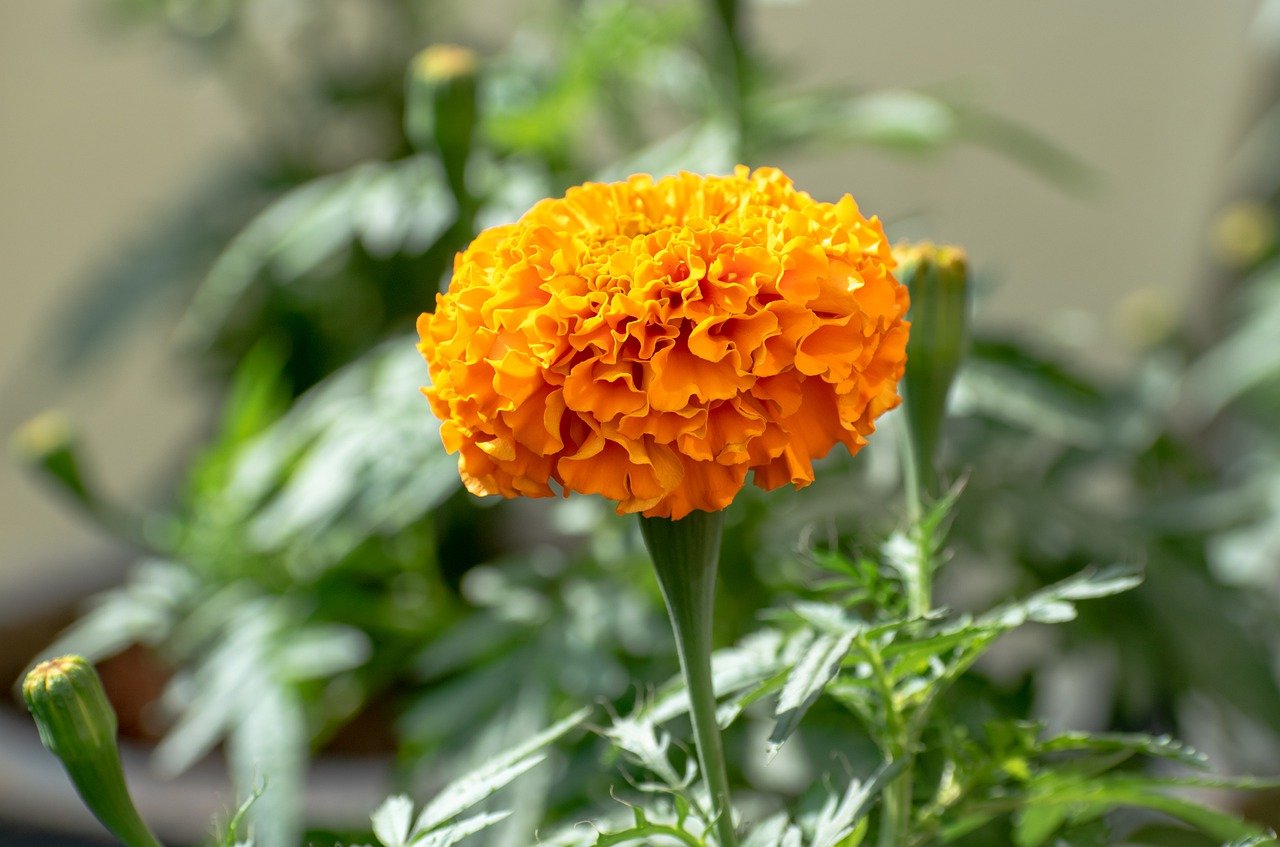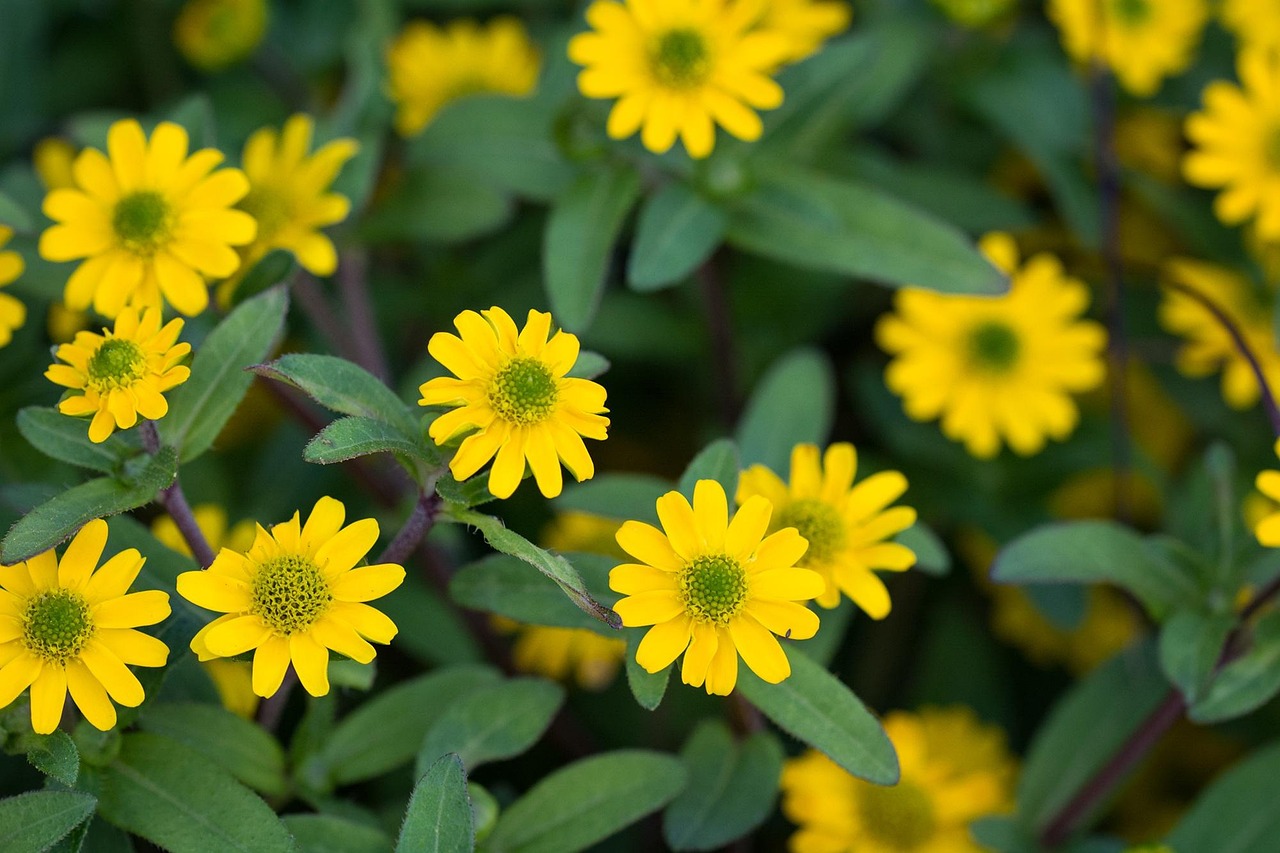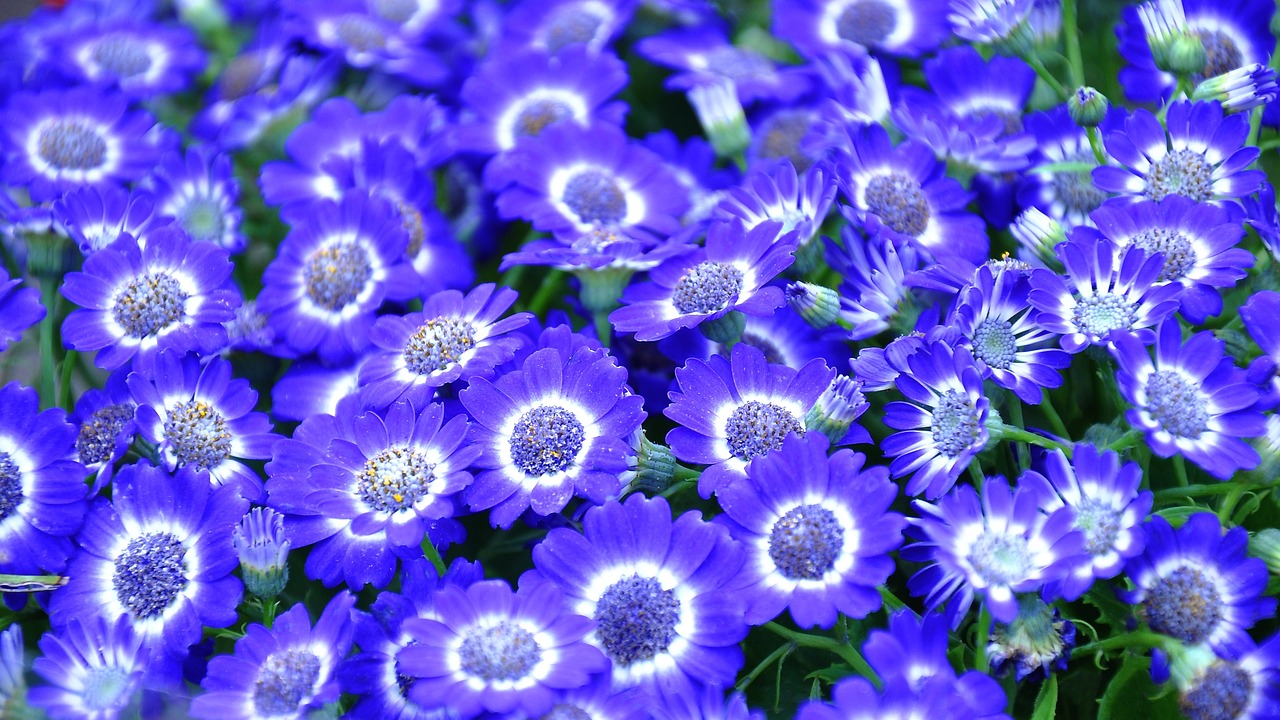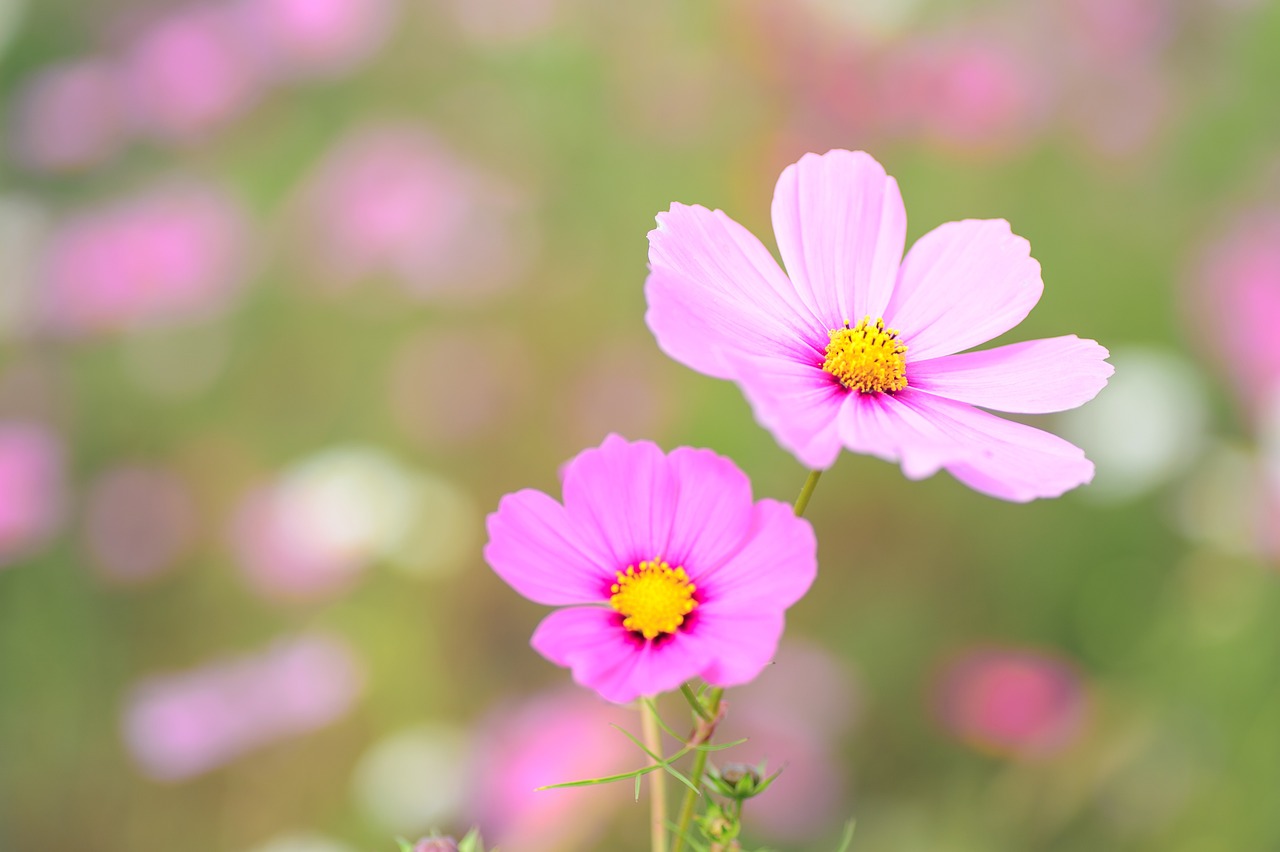Feverfew | White Daisy Blossoms with Ancient Greek Origins
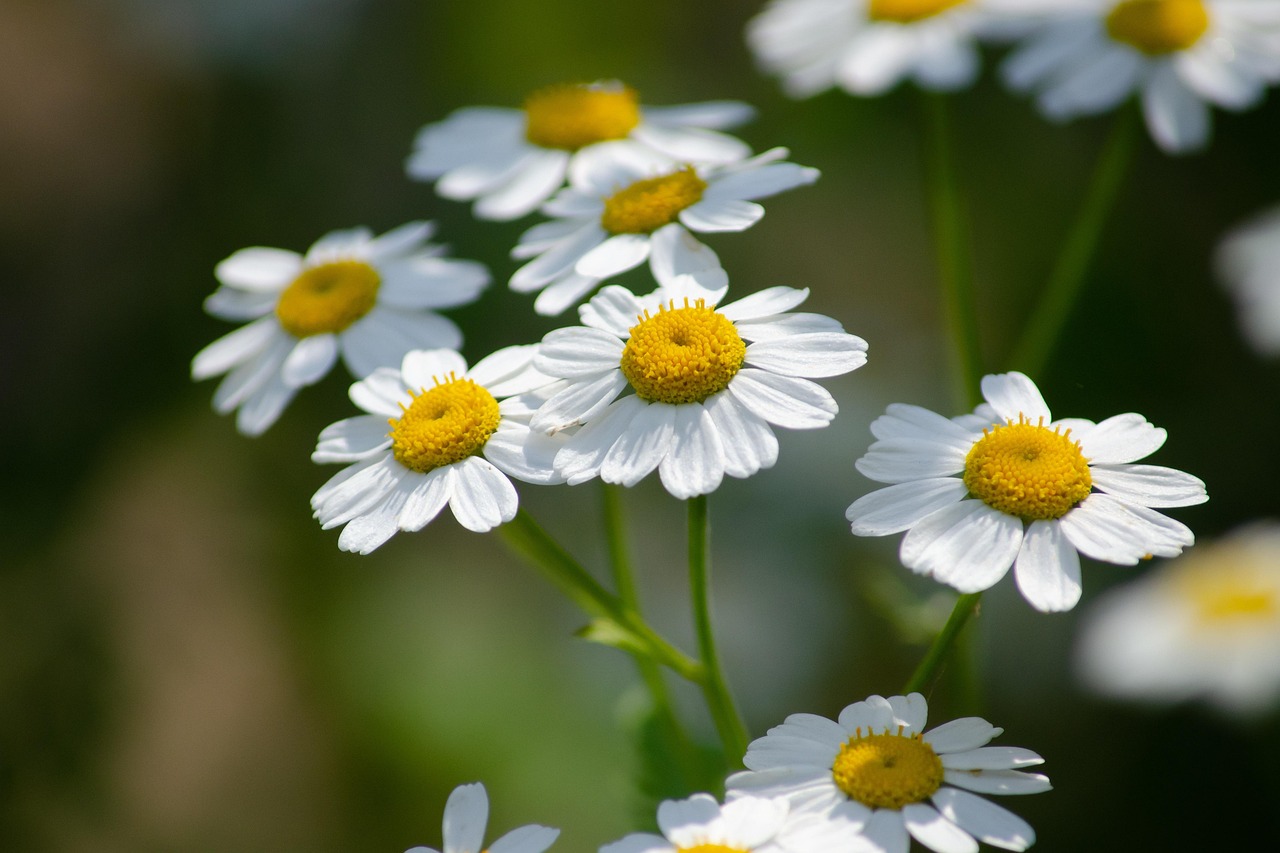
I introduce feverfew, a perennial herb characterized by its small white petals and bright yellow centers. Despite its delicate appearance, it is a hardy plant that can be easily grown in gardens or pots.
In this article, I provide detailed information about feverfew, including its basic characteristics, cultural and historical background, and cultivation tips.
Basic Information
- Scientific name: Tanacetum parthenium
- Family: Asteraceae (Daisy family)
- Origin: Southeastern Europe, Western Asia
- Appearance: A plant with white daisy-like flowers and finely divided, soft-textured leaves.
- Blooming season: From early summer to autumn, offering a long flowering period.
Cultural Significance Worldwide
Feverfew has long been cherished in Europe as a garden plant.
In England, its charming flowers and resilience have made it popular in cottage gardens and along pathways, where it remains a beloved part of naturalistic landscapes.
In ancient Greece and Rome, the refreshing fragrance of feverfew was highly valued, and not only the flowers but also the leaves were used for interior decoration and bouquets.
During the Middle Ages, its white blossoms symbolized purity and sincerity, and it was cultivated in monastic and castle gardens.
Even today, in traditional English and French country gardens, feverfew continues to be used as a perennial border plant, bringing brightness and vitality to the landscape.
Historical Episodes
Feverfew has been known in Europe since ancient Greek times.
During the Roman Empire, its flowers and leaves were gathered for their fragrance and used in the decoration of gardens and palaces.
By the 16th century, feverfew became strongly associated with the garden culture of England and France, spreading widely as an ornamental plant. In monasteries and aristocratic gardens, its small white blossoms were planted to add seasonal accents and enhance the scenery.
From the 18th to the 19th centuries, feverfew was introduced from Europe to North America. Because of its hardy nature, it soon became popular among settlers, spreading into colonial gardens. Today, it continues to be cultivated around the world for ornamental purposes.
Gardening Advice
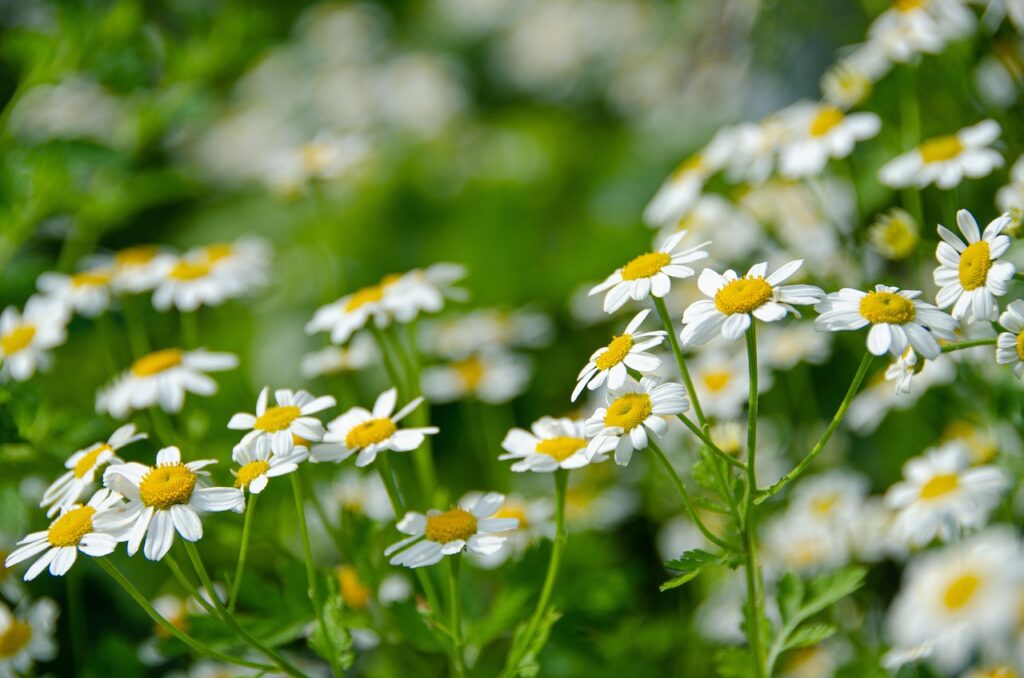
To grow feverfew beautifully, I recommend keeping the following points in mind:
Sunlight
Prefers full sun, though it can also grow in partial shade (with slightly fewer flowers).
Watering
Avoid overwatering; water when the soil surface becomes dry. It tolerates dryness but should not be left extremely dry for long periods.
Soil
Well-drained soil is best. A mix with compost or sand encourages stronger root growth.
Fertilizer
Minimal fertilization is sufficient. During the growing season (spring to summer), apply diluted liquid fertilizer about once a month.
Pruning
Regular deadheading encourages continuous blooming. Cut back long stems to maintain a neat shape.
Cold tolerance
Fairly hardy, but in very cold regions, frost protection is useful. Potted plants can be brought indoors for winter.
Conclusion
Feverfew is a perennial with white petals and yellow centers that has been loved as a garden plant throughout Europe for centuries.
From ancient Greece and Rome to the gardens of England and France in the 16th century, it has played a role in ornamental horticulture.
By the 18th century, it had spread to North America, where its hardiness helped it become widely cultivated.
With proper sunlight and moderate watering, I can enjoy its charming blossoms for a long time.


